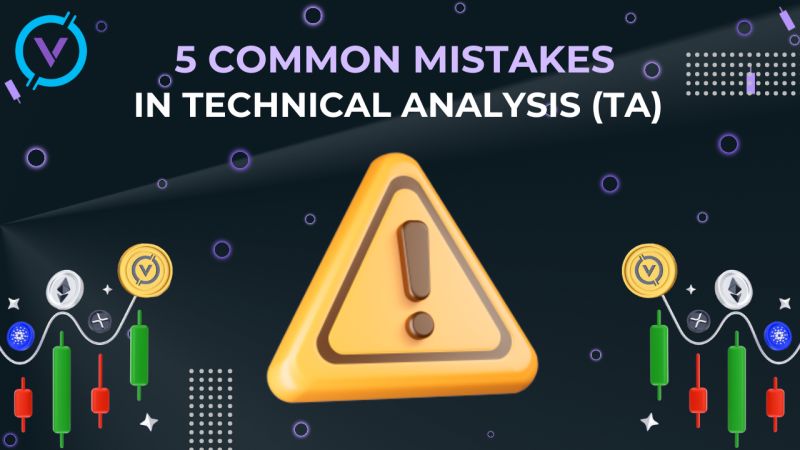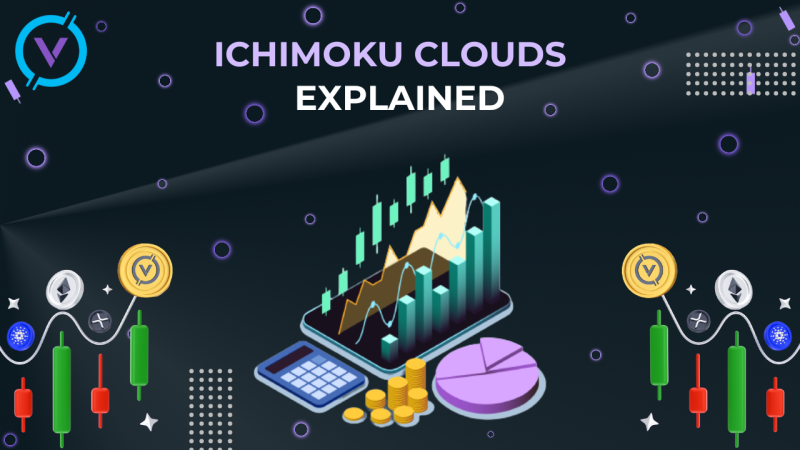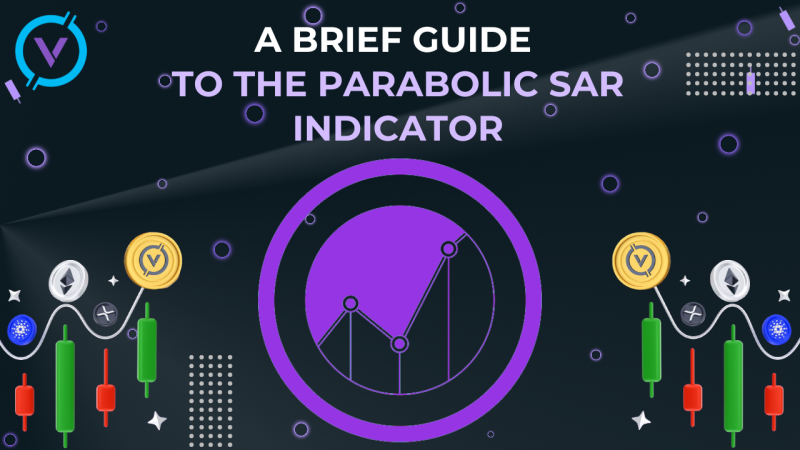If you are a trader, then you are either a maker or a taker. Moreover, at different times, you can be one or the other. Makers and takers make the existence of an exchange possible in principle. Their presence and quantity determines its viability.
But first, let's remember what liquidity is.
Liquidity describes how quickly and at what price an asset can be exchanged for another asset. Liquidity is a measure of how many buyers and sellers are present in the market, how active the market is and how large their orders are. It can be calculated by taking the volume of market transactions and the volume of current pending orders in the market.
Thus, we say that liquidity is a dynamic indicator that is constantly changing depending on trading activity and volume.
Who is a Market Maker?
A market maker is a special trading participant in the financial market, who supports trading in an active state by constantly being ready to conclude a market transaction with any other trading participant.
The main function of the market maker is the formation of supply and demand through direct participation in the auction. Thus, it creates a live market, encouraging investors and traders to trade the asset.
A market maker can be a specialized company, such as a bank, broker, or even an individual. In the financial markets, the market maker operates officially and openly, in accordance with the existing legislation and the requirements of the exchange.
A market maker can be hired by the exchanges themselves or companies interested in improving the efficiency of the market of a particular asset.
In other words, a maker is someone who adds liquidity to the order book, creating a market and making it easier for others to buy or sell when the conditions of the order match.
Who is a Market Taker?
A taker is someone who takes liquidity from the order book. And this situation occurs when you place an order that is instantly executed at the expense of another order available in the order book. We can say that the execution of orders removes some of the liquidity.
Orders from takers never get into the order book, instead, takers seem to agree with the price that is already indicated in the order book. Since takers take offers from the order book, they are called buyers (or order recipients) and, therefore, they pay commissions.
Commissions
Often the commission for makers is less than the commission for takers. You can act in the market in two ways: bringing liquidity to the market (maker) or taking it from the market (taker).
The maker improves liquidity on the exchange, therefore, the commission for him is less, and the taker, on the contrary, reduces it, and because of this, the exchange charges him a higher percentage of the transaction fee.
Conclusion
Let's repeat: makers place orders and wait for their execution, and takers execute other people's orders by taking them at the market price. It is important to understand that makers supply liquidity.
If the exchange uses the market maker — market taker model, then the makers are important for the exchange. Makers pay lower commissions than takers. Takers take liquidity to buy or sell quickly. They pay higher commissions for this.


